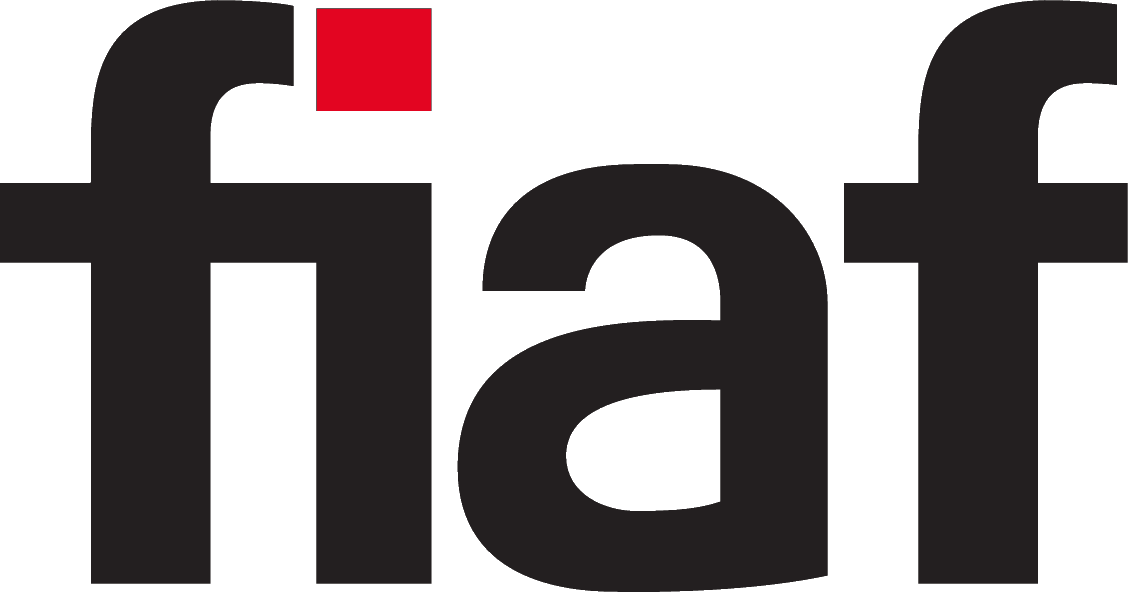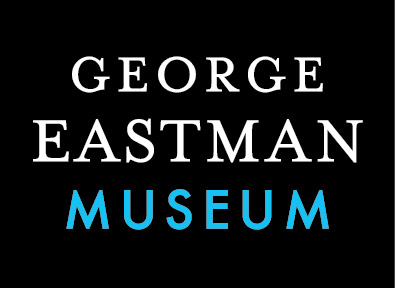
An interactive guide to every motion picture film format, soundtrack, 3-D and color process ever invented.

An interactive guide to every motion picture film format, soundtrack, 3-D and color process ever invented.
Experience the history of film as a physical medium
from the dawn of cinema to the present.
This encyclopedic resource continues to expand
with new essays published regularly.
Guest curators offer their personal highlights
from the hundreds of essays published on the site.
World Expositions have offered extraordinary opportunities for innovative film experiments. Expo 67 in Montreal featured over 5,000 films, including numerous multiscreen films. Filmmakers reimagined and expanded cinematic presentation with immersive configurations like Labyrinth and Polar Life, dramatically transforming traditional single-screen, fixed-seating filmgoing. These were in a lineage with earlier unique experiments such as panoramas, widescreen and immersive dome projections, which also aimed to transform the cinematic experience. A group of filmmakers exhibiting at Expo 67 – Roman Kroitor, Graeme Ferguson, Colin Low and others – would go on to develop the enduring, commercially viable IMAX 70mm format in 1970.
The 10th Eye International Conference in May 2025 revisits the theme of colour in film, thirty years after the seminal Amsterdam workshop Disorderly Order: Colours in Silent Film. That gathering inspired the 2015 conference The Colour Fantastic: Chromatic Worlds of Silent Cinema, a milestone in Eye’s long-standing engagement with colour. This year, we explore the global dimensions of film colour – its aesthetics, technologies, and archival legacies– foregrounding voices and geographies that have long been underrepresented. Under the title The Colour Fantastic Revisited: Across Global Histories, Theories, Aesthetics, and Archives, the programme highlights how archives and broader cultural factors shape the ways we understand and preserve colour in film.
In line with one of the field’s most ambitious mapping efforts, the Film Atlas project, we reflect on how global contexts inform both research and practice. The following essays offer a preview of the themes at the heart of this year’s conference.
The USC HMH Foundation Moving Image Archive has a wide array of non-standard and oddball film formats from across the history of cinema. Of particular interest to me are formats with central perforations, or more precisely, perforations found between each frame, rather than along the film's edges. This perforation placement, which could be considered flawed in hindsight, was used since the beginning, and in many shapes and sizes. Most commonly associated with thousands of Pathe Baby 9.5mm films, these perforations can also be found on Eric Berndt’s Cine-System 3 from the 1960s, various 35mm Parnaland examples from France in the early 1900s and even the early Lee and Turner color process, as well as others.
The perceived drawbacks of such perforations are often illustrated using the many damaged Pathe Baby prints that now contain center scratching through the image area. However this damage should really be credited to the poor design of the early Baby projector with its protruding claw for the pulldown, and lack of proper sprocket wheels for movement. The majority of formats utilizing perforations between frames did so with sprocket wheels for more consistent and stable forward movement, often coupled with a maltese cross for the pulldown, which avoided the projector simply pulling the film across the sharp teeth, should the film slip off the claw.
Film Atlas is a collaboration between the International Federation of Film Archives (FIAF) and the George Eastman Museum, with generous funding provided by the Louis B. Mayer Foundation, the George Eastman Museum Publishing Trust Endowment, and FIAF (Eileen Bowser Memorial Fund).


